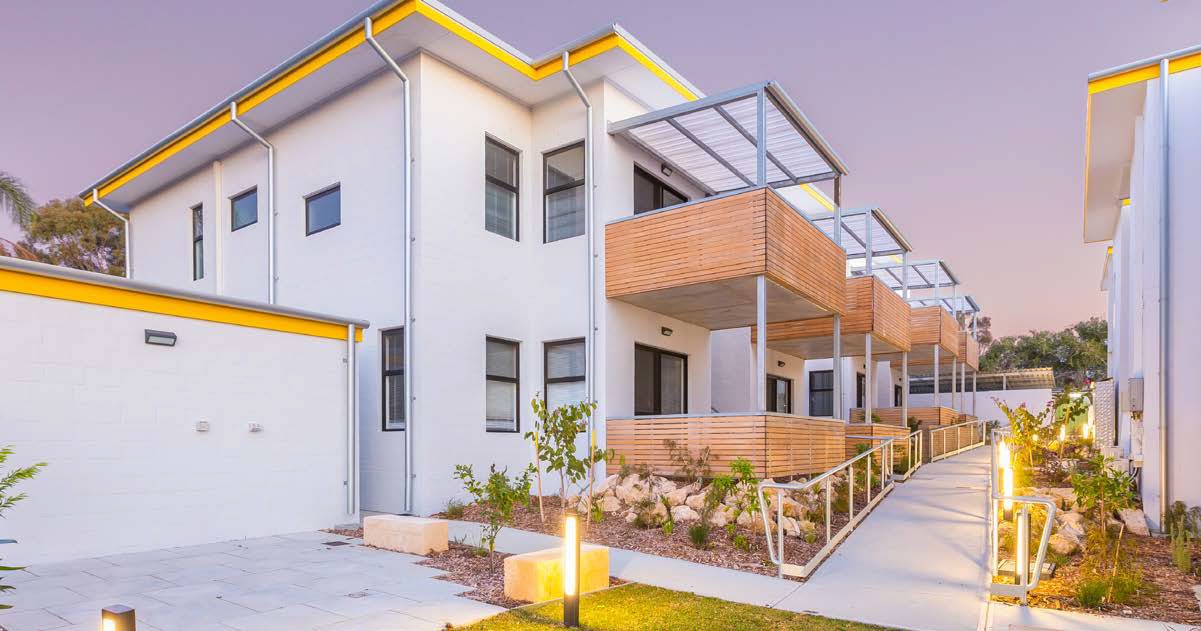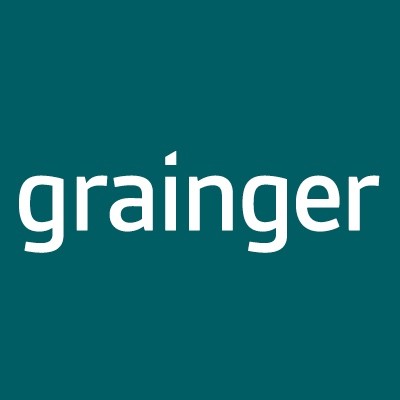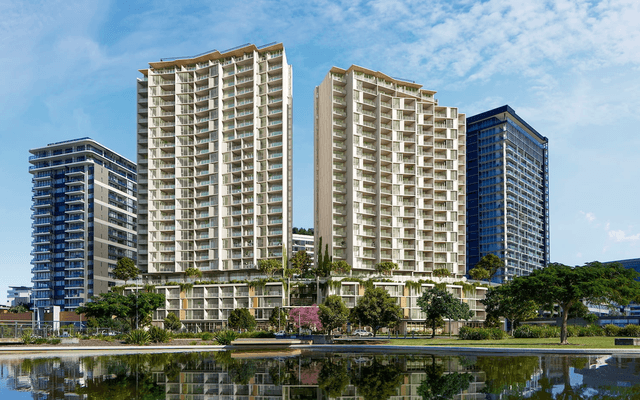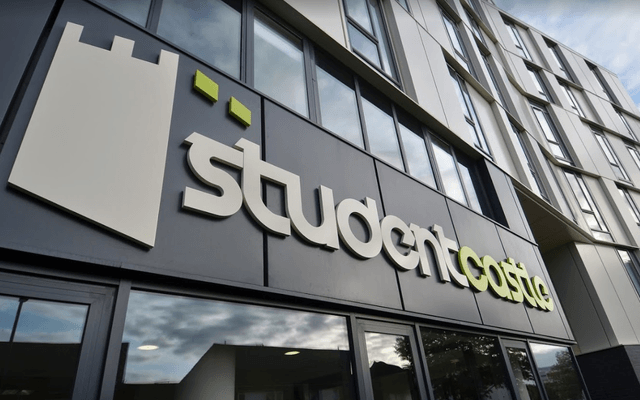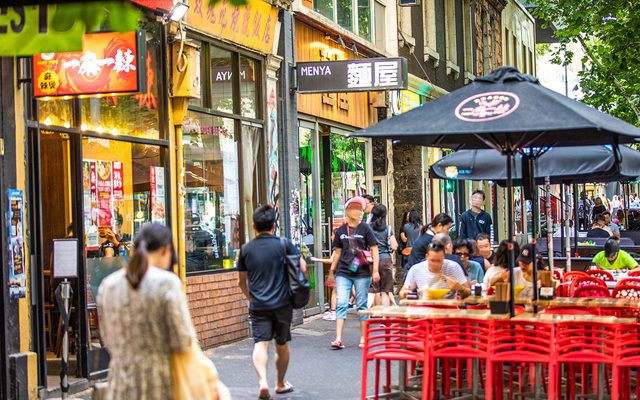This article is from the Australian Property Journal archive
SOCIAL housing has been shrinking as a proportion of overall housing stock while the number of households on waiting list jumped by a third, according to the Australian Institute of Health and Welfare (AIHW).
According to the AIHW Housing assistance in Australia report, social housing declined as a proportion of overall housing stock from 4.8% in 2012 and 4.6% in 2014 to 4.2% last year. Over the same period, the number of “greatest need households on waiting list” increased more than one-third from 43,224 to 67,656.
The net increase in social housing was less than 1%, up from 436,333 to 440,192. The waiting list across Australia rose by more than 8,000 households last year, from 155,141 to 163,508. Most of the increase was among households considered “in greatest need”.
The data has prompted fresh calls from Everybody’s Home for a Commonwealth commitment to build at least 25,000 new social housing dwellings per year.
Everybody’s Home national spokesperson, Kate Colvin, said the statistics were yet more evidence of a lopsided housing system that was failing people on low and modest incomes.
“People on modest incomes are being absolutely hammered in the Australian rental market with double-digit rent increases. Yet at the same time securing a social or affordable or home is like finding a needle in a haystack,” she said. The national residential vacancy rate has been crunched to just 1% – its lowest level in 16 years – and is set to tighten further, as rents skyrocket and the national rental crisis worsens.
This week’s first dump of 2021 Census data revealed there are one million vacant homes across the country sitting empty, representing just over 10% of total housing stock. It also showed household size declined from 2.594 people per household to 2.541 over five years, enough to drive demand for nearly 200,000 dwellings according to PowerHousing Australia CEO Nicholas Proud, while the number of sole-person homes is outpacing the number of single-bedroom dwellings being built.
“The Australian housing market isn’t geared to create affordable and secure rental housing supply,” Proud said.
Prior to winning this year’s election, the ALP pledged to deliver a $10 billion Housing Australia Future Fund that would deliver 30,000 social housing properties over its first five years, including 4,000 for new social housing homes for women and children experiencing domestic and family violence and older women on low incomes, and 10,000 affordable homes for frontline workers.
At a state level, social housing numbers have only materially increased since 2014 in NSW, and have fallen by about 1,800 in South Australia. NSW has the largest number of social homes, with nearly 160,000 dwellings, but was criticised for failing to address to overall lack of housing supply in its recent budget despite its $2.8 billion housing package that was largely aimed at getting buyers into the market.
Non-bank lender MaxCap said more investors are looking at the sector. Victorian State Director Johnny Woodhouse said in Australian Property Journal’s Talking Property Podcast that increased spending in social and affordable housing presents opportunities for developers and financiers.
Victoria is currently embarking on a $5.3 billion program to add 12,000 new social and affordable to its 80,611 existing dwellings – a figure that has been largely steady for several years. Queensland’s government is running a $1.9 billion scheme to boost its 72,000 dwellings by 10,000, while Western Australia’s government is putting $2.4 billion towards social housing and homelessness over the coming four years, delivering 3,300 new social homes.
Colvin said, “We increasingly hear stories of families with full-time breadwinners living in tents”.
“In a wealthy, advanced nation, this is just unconscionable. Housing providers are overwhelmed with demand.”
“These statistics paint a damning picture of surging demand and dwindling supply of social and affordable housing. As rents and mortgages skyrocket, this will only get worse.
“The election of a new government presents an opportunity for a reset. After a lost decade, now is the time to start planning and building 25,000 new social and affordable homes.”
